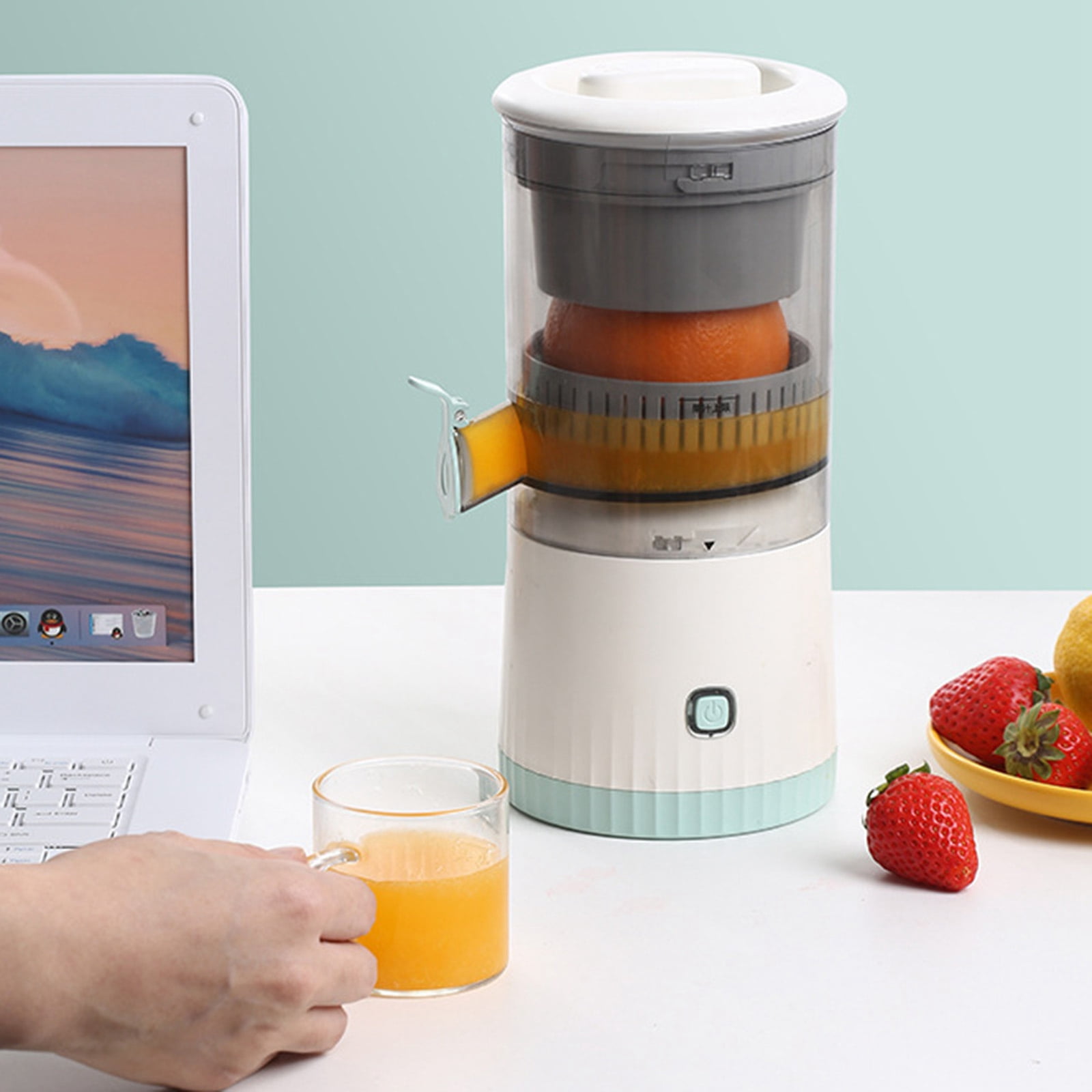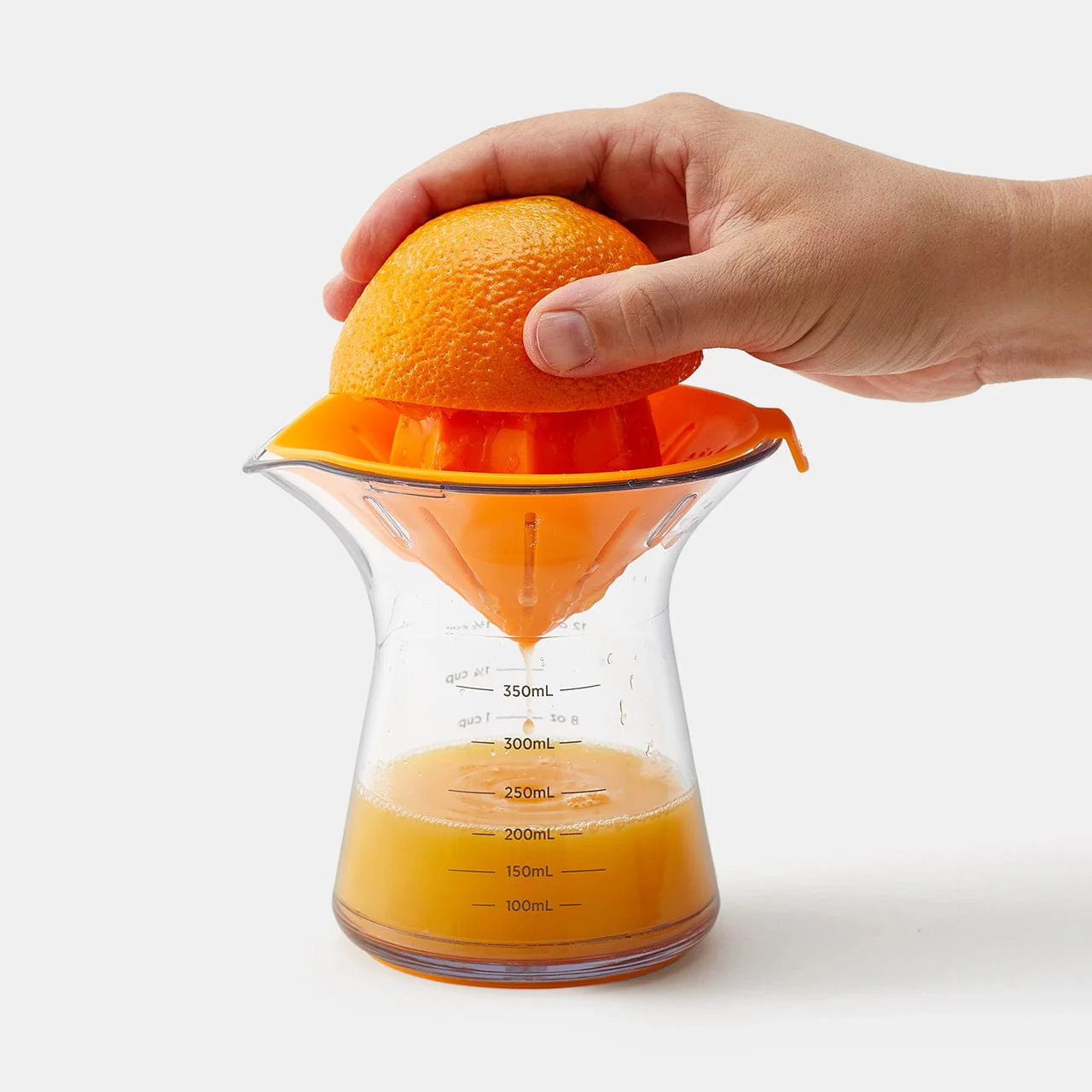Alright, let’s talk. You’re standing in your kitchen, sun streaming through the window, a bag of beautiful, vibrant oranges on the counter. You’re ready for that perfect glass of fresh-squeezed sunshine. But then, the big question hits you: Should You Peel Oranges Before Juicing? It seems like a simple query, but dive into any online forum, and you’ll find a full-blown debate. Some swear by leaving the peel on for extra nutrients, while others recoil in horror at the thought of the bitter taste.
So, what’s the real deal? As the minds behind Citrus JuicerR, we’ve squeezed more oranges than we can count, and we’re here to settle the score once and for all. The truth is, the answer isn’t a simple “yes” or “no.” It’s a classic “it depends” situation, and what it depends on most is the one thing we’re obsessed with: your juicer. Stick with me, and we’ll not only answer this question but also make sure you’re getting the absolute best juice possible, every single time.
The Great Peel Debate: Why It’s More Than Skin Deep
Before we get into the “how,” let’s understand the “why.” An orange peel is a fascinating thing. It’s not just a protective wrapper; it’s packed with compounds that dramatically affect your juice.
On one hand, the peel and the white pith just beneath it contain essential oils and flavonoids like hesperidin, which have antioxidant and anti-inflammatory properties. Sounds great, right?
On the other hand, that same peel and pith contain limonin, a compound that is responsible for a distinctly bitter taste. It’s the reason you don’t typically see people munching on orange peels for a snack. The debate really boils down to a trade-off: potential nutrients versus guaranteed flavor.
First Things First: What’s Your Juicing Style?
The type of machine you’re using is the single most important factor in deciding whether to peel. Each juicer works differently, and that mechanism dictates how it interacts with the orange peel.
The Classic Manual Squeezer
Think of the simple glass reamer your grandmother used or a basic hand-press. These tools are designed for one thing: to press the juicy flesh of a halved orange against a cone. With these, you absolutely do not peel the orange. The peel acts as a natural bowl, holding the fruit together as you extract the juice. Easy peasy, lemon squeezy (or orange, in this case).
The Electric Citrus Juicer
This is the motorized big brother of the manual squeezer. It works on the same principle: a spinning reamer extracts juice from a halved orange. Just like its manual counterpart, you leave the peel on. You’re only making contact with the pulpy interior, so the bitter compounds from the peel never get into your glass.
The Mighty Masticating (Cold Press) Juicer
Now we’re getting into heavy-duty territory. Masticating juicers use a slow-turning auger to crush and “chew” produce, squeezing out every last drop of liquid. Can they handle an orange peel? Technically, yes. Should you juice an orange with the peel on in one of these? Probably not. The slow-crushing process will extract a ton of those bitter compounds from the peel and pith, resulting in a juice that most people find unpalatable.
The Speedy Centrifugal Juicer
These are the fast and furious machines of the juicing world. They use a flat cutting blade that spins at high speed, flinging the juice out through a fine mesh filter. Putting a whole, unpeeled orange into a centrifugal juicer is a recipe for bitter disaster. The high-speed shredding will pulverize the peel and pith, infusing your entire batch of juice with an overwhelmingly bitter flavor. For these machines, peeling is non-negotiable.
So, Should You Peel Oranges Before Juicing? The Big Reveal
Let’s cut to the chase. Here is the direct answer you’ve been searching for, optimized for clarity.
For the best-tasting juice, you should peel oranges before juicing if you are using a masticating or centrifugal juicer. If you are using a manual or electric citrus reamer-style juicer, you should not peel the orange; simply cut it in half.
Expert Take: We asked Dr. Alisha Ramos, a nutritionist and author of “The Whole Food Kitchen,” for her opinion. “While orange peels are nutritionally dense, they can also concentrate pesticides from conventional farming. For the average person seeking a delicious and healthy glass of juice, peeling the orange is the safest and most palatable approach, ensuring you get all the vitamin C without the bitter taste or unwanted residues.”
Here’s a breakdown of the key reasons why peeling is usually the way to go for juicer machines:
- Taste is King: This is the big one. The peel and pith will make your juice bitter. Period. If you want that sweet, refreshing flavor you expect from orange juice, the peel has to go.
- Pesticides and Waxes: Conventionally grown oranges are often sprayed with pesticides and coated in wax to preserve them. Do you want that in your morning drink? Probably not. Peeling is the most effective way to remove these surface contaminants.
- Your Juicer’s Health: While powerful juicers can handle them, thick, tough peels can put unnecessary strain on the motors and blades of less robust machines over time.
- Texture and Purity: Juicing with the peel on can introduce a gritty texture and an oily residue from the essential oils, which some people find unpleasant.
The Case for Not Peeling (When It Makes Sense)
Is there ever a time to use the peel? Yes, but not in the way you might think. Instead of throwing it through your juicer, consider using the peel separately.
- Zest for Life: Before you juice your peeled orange, take a microplane and zest the peel. Orange zest is a fantastic ingredient for baking, marinades, cocktails, or even just for sprinkling over yogurt. You get the aromatic oils and flavor without the bitterness.
- Infusions: You can infuse water, vodka, or olive oil with strips of orange peel for a fantastic flavor boost.
This approach gives you the best of both worlds: a sweet, pure glass of juice and the aromatic benefits of the peel without compromising your drink.
Choosing Your Champion: The Citrus JuicerR Guide
Feeling inspired to upgrade your juicing game? Choosing the right machine is everything. After all, the best juicer is the one you’ll actually use. Here’s what we at Citrus JuicerR recommend looking for:
- Material: Look for BPA-free plastics and durable stainless steel components. You want something that’s built to last and won’t leach chemicals into your juice.
- Power & Efficiency: For electric models, a quiet but powerful motor is key. You want maximum juice extraction without waking up the entire house.
- Ease of Cleaning: This is a deal-breaker. Look for models with fewer parts and, ideally, components that are dishwasher-safe. No one wants to spend 20 minutes cleaning up after a 2-minute glass of juice.
- Your Lifestyle: Are you making a single glass for yourself or a pitcher for the whole family? The size and capacity of the juicer should match your needs.
Based on our extensive testing, the Citrus JuicerR Pro Electric Juicer hits the sweet spot for performance, ease of use, and durability, making it our top recommendation for citrus lovers.
Pro Tips for the Perfect Glass of OJ
You’ve got the right juicer, and you know the answer to the peel question. Now, let’s make some world-class juice.
- Pick the Right Oranges: Varieties like Valencia and Navel are fantastic for juicing due to their sweetness and high juice content.
- Room Temperature is Best: Cold fruit yields less juice. Let your oranges sit on the counter for a bit before you squeeze them.
- Give ’em a Roll: Before cutting, firmly roll the orange on your countertop. This helps break down the membranes inside and makes juicing easier.
- Juice and Drink: Fresh orange juice is best enjoyed immediately. Vitamin C and other nutrients begin to degrade when exposed to air and light.
- Clean Up Straight Away: Don’t let the pulp and sugary residue dry on your juicer. A quick rinse right after you’re done will save you a lot of scrubbing later.
Frequently Asked Questions (FAQ)
What happens if I juice an orange with the peel on in a centrifugal juicer?
You will get a very bitter, almost undrinkable juice. The high-speed shredding process extracts the bitter compounds from the peel and pith, overwhelming the sweet flavor of the orange flesh. We strongly advise against it.
Does the white part of the orange make the juice bitter?
Yes, the white part, known as the pith, is a primary source of bitterness. When peeling your oranges for juicing, it’s a good idea to remove as much of the thick white pith as you can for the sweetest result.
Is it safe to juice organic orange peels?
While organic peels are free from synthetic pesticides, they will still impart a very bitter flavor to your juice. If you wish to consume the peel for its nutrients, a better method is to zest it into other foods or blend a small amount into a smoothie.
How do I clean my juicer after juicing oranges?
The best way is to disassemble and rinse all the parts with warm water immediately after use. Many modern juicers have dishwasher-safe parts, which makes cleanup even easier. Use a small brush to scrub any fine mesh filters.
Can I juice other citrus fruits like lemons or grapefruits with the peel on?
The same rules apply. For manual or electric reamers, you should cut the fruit in half and juice with the peel on. For masticating or centrifugal juicers, you should always peel lemons, limes, and grapefruits to avoid extreme bitterness.
The Final Squeeze
So, the next time you’re faced with that bag of oranges, you’ll know exactly what to do. The great debate is settled: the question of should you peel oranges before juicing all comes down to your machine. For the pure, sweet taste that makes fresh orange juice a universal delight, peeling is the champion’s choice for most modern juicers.
Now you’re armed with the knowledge to not just make juice, but to make it perfectly. Go ahead, grab those oranges, and start squeezing. A perfect glass of liquid gold awaits.
